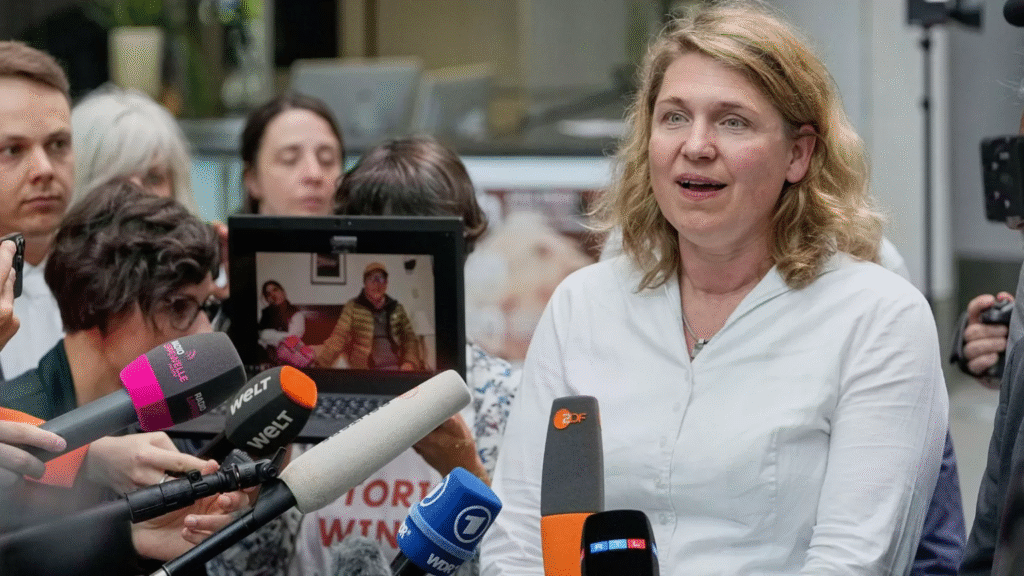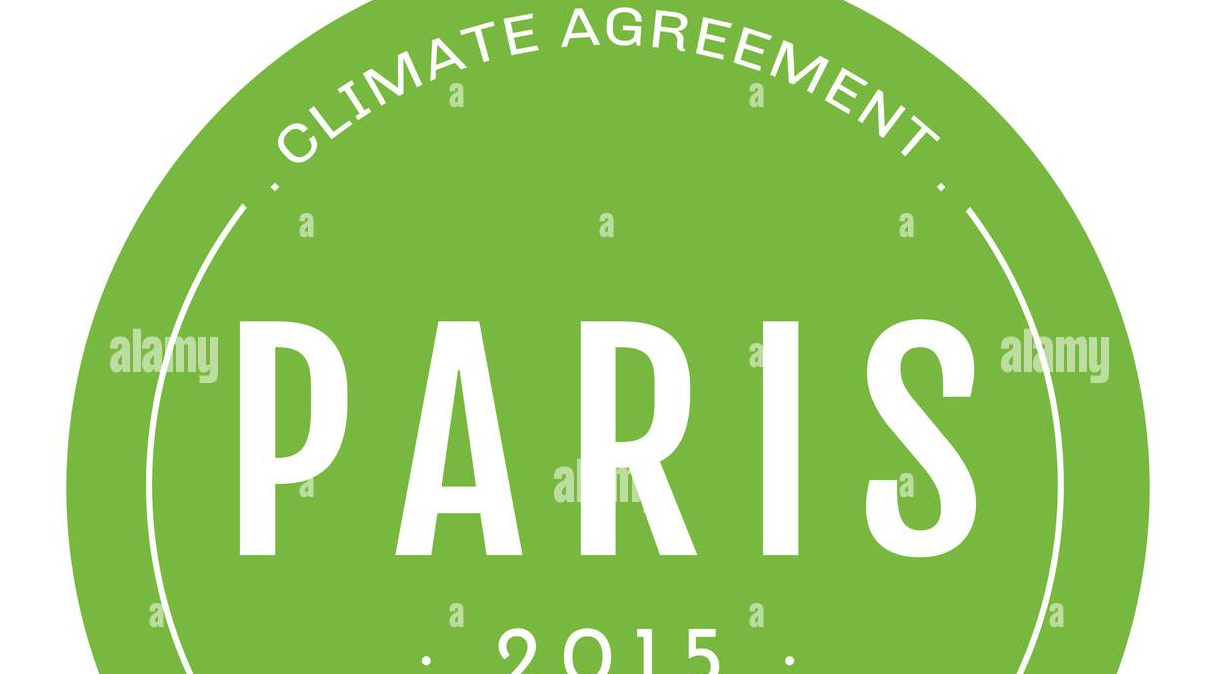Now Reading: New Report Reveals Big Wins—and Fails—of Paris Agreement
-
01
New Report Reveals Big Wins—and Fails—of Paris Agreement
New Report Reveals Big Wins—and Fails—of Paris Agreement

Table of Contents
Nearly ten years after the landmark Paris Agreement was signed in 2015, the world continues its fight against climate change. This global climate pact, created to limit global warming to well below 2°C, has become a key benchmark for international environmental cooperation. But how much progress have we really made?
As we approach the halfway point to the Agreement’s target year of 2030, it’s time to look at where countries stand, what challenges remain, and what new strategies are being used to protect our planet.
What Is the Paris Agreement? A Quick Refresher

The Paris Agreement is a legally binding international treaty on climate change. It was adopted by 196 parties (countries) at COP21 in Paris in December 2015 and entered into force in November 2016.
Key goals of the agreement include:
- Keeping global temperature rise this century well below 2°C above pre-industrial levels.
- Pursuing efforts to limit the temperature increase to 1.5°C.
- Reaching net-zero emissions by 2050.
- Supporting developing countries with climate finance and clean energy tech.
Each country sets its own climate goals, called Nationally Determined Contributions (NDCs), which are updated every five years.
Current Progress: Are We on Track?
According to the latest UN Climate Change (UNFCCC) report (2024), the world has made some progress—but it’s not enough to meet the 1.5°C target.
Temperature Trends:
- Global temperatures have already risen 1.2°C above pre-industrial levels.
- Without stronger action, we are heading for a 2.5°C to 2.9°C increase by the end of the century.
Country Commitments:
- Over 70 countries have pledged to reach net-zero emissions by 2050 or earlier.
- The European Union, United States, and United Kingdom have made major investments in renewable energy and electric vehicles.
- China, the world’s largest emitter, has promised to peak emissions by 2030 and become carbon-neutral by 2060.
- Developing countries like India, Brazil, and Indonesia are working toward clean energy goals but need more financial and technological support.
Winners and Stragglers: Who’s Leading the Way?
Countries Making Good Progress:
- Denmark: Nearly 50% of its energy now comes from wind.
- Costa Rica: Runs on over 98% renewable electricity.
- Germany: Plans to shut down all coal power by 2038, with renewable sources growing rapidly.
Countries Falling Behind:
- Australia and Russia have been criticized for weak targets and high fossil fuel exports.
- Several oil-rich nations in the Middle East still rely heavily on petroleum, though the UAE and Saudi Arabia have recently launched green transition programs.
Big Challenges Blocking Climate Progress

- Fossil Fuel Dependence: Many economies still rely on coal, oil, and gas for energy, despite the availability of cleaner options.
- Slow Policy Action: Even when goals are announced, actual policy change and implementation are often delayed.
- Climate Finance Gaps: Rich countries pledged $100 billion per year to help poorer nations fight climate change—but actual contributions have fallen short.
- Extreme Weather: Climate-related disasters like heatwaves, floods, and droughts are increasing, making it harder for countries to recover and plan ahead.
Positive Developments: Signs of Hope
Despite the challenges, several positive trends are emerging:
Growth in Renewable Energy:
- Global investments in solar, wind, and battery storage reached over $500 billion in 2024.
- Clean energy is now cheaper than coal in many countries.
Rise of Electric Vehicles (EVs):
- EVs made up 22% of all new car sales globally in 2024.
- Major carmakers like Ford, Tesla, Hyundai, and BYD are expanding EV offerings.
Nature-Based Solutions:
- Countries are investing in forest restoration, carbon farming, and wetland protection to absorb CO₂ naturally.
What’s Next? Key Events to Watch

The upcoming COP30 climate summit in Brazil (November 2025) is expected to play a major role in accelerating the Paris Agreement’s progress. Topics on the agenda include:
Conclusion: Progress, but Not Fast Enough
The Paris Agreement remains a powerful symbol of global unity against climate change. While real progress is being made, especially in renewable energy and global awareness, we are not yet on track to meet the most ambitious goals.
To close the gap, countries need to act faster, invest more, and work together—not just through promises, but through real, measurable action. Time is running out, but with urgent cooperation, the world still has a chance to secure a livable, sustainable future.
Read More:– Deyaar’s Latest Announcement Shakes Up the UAE Property Market





















